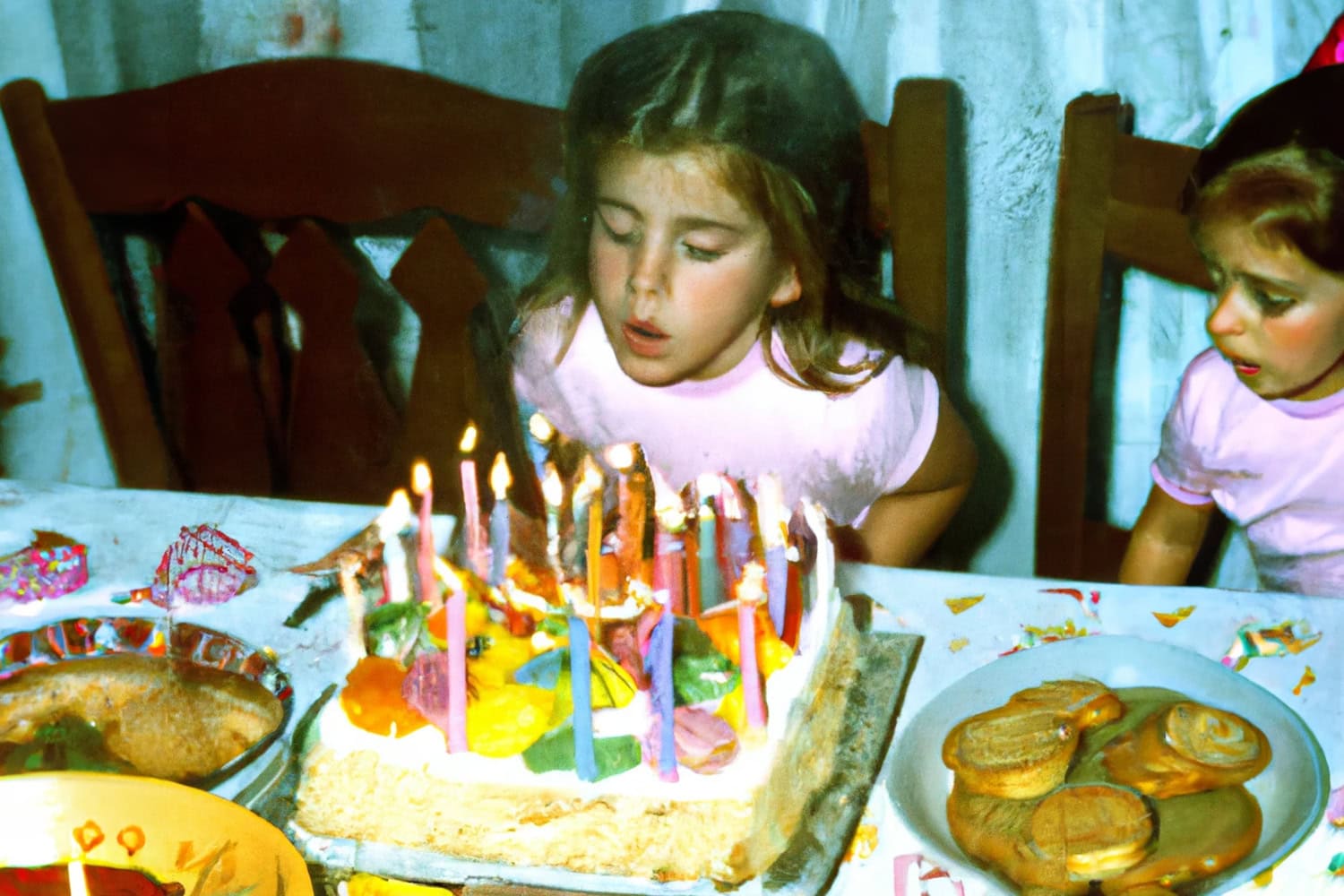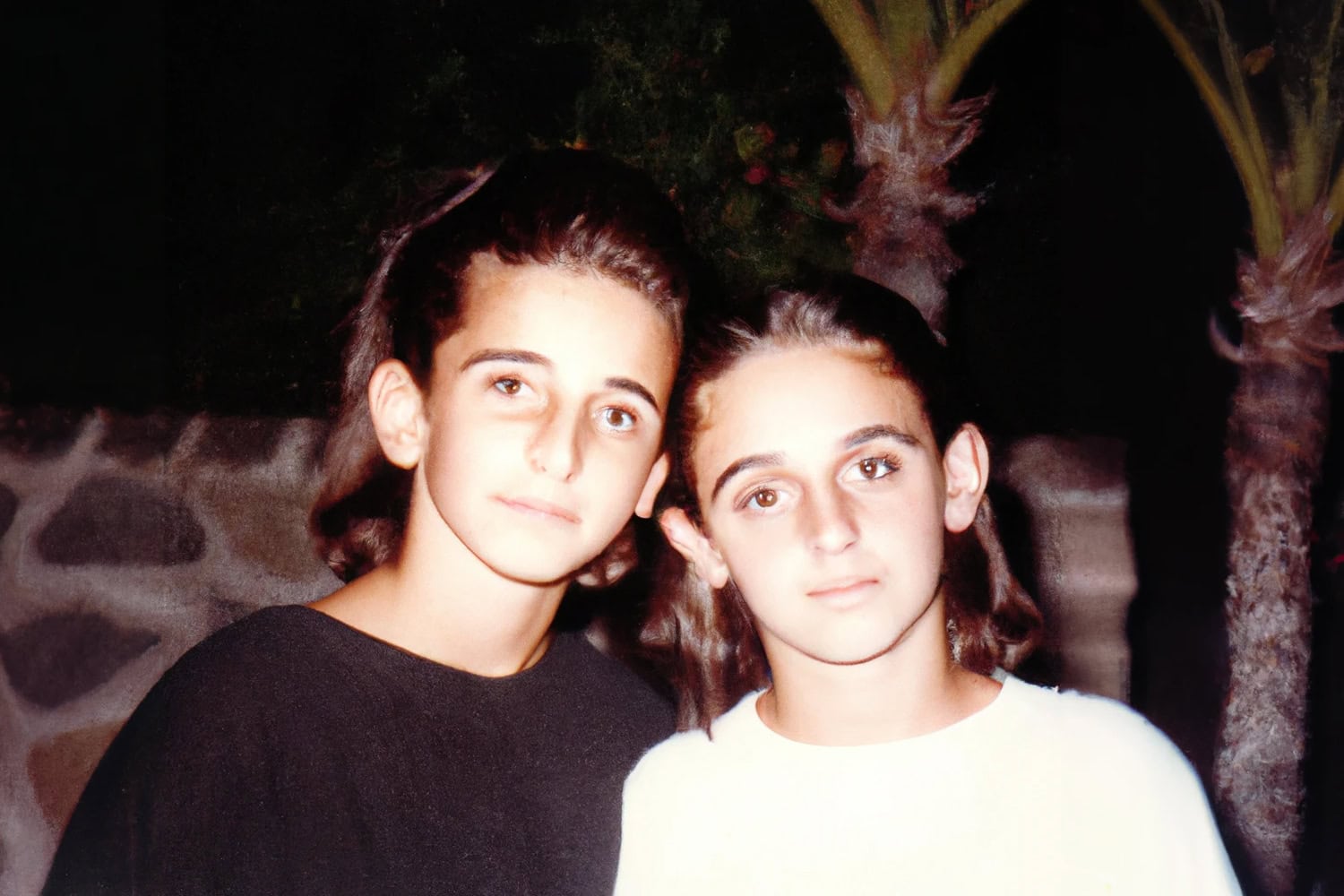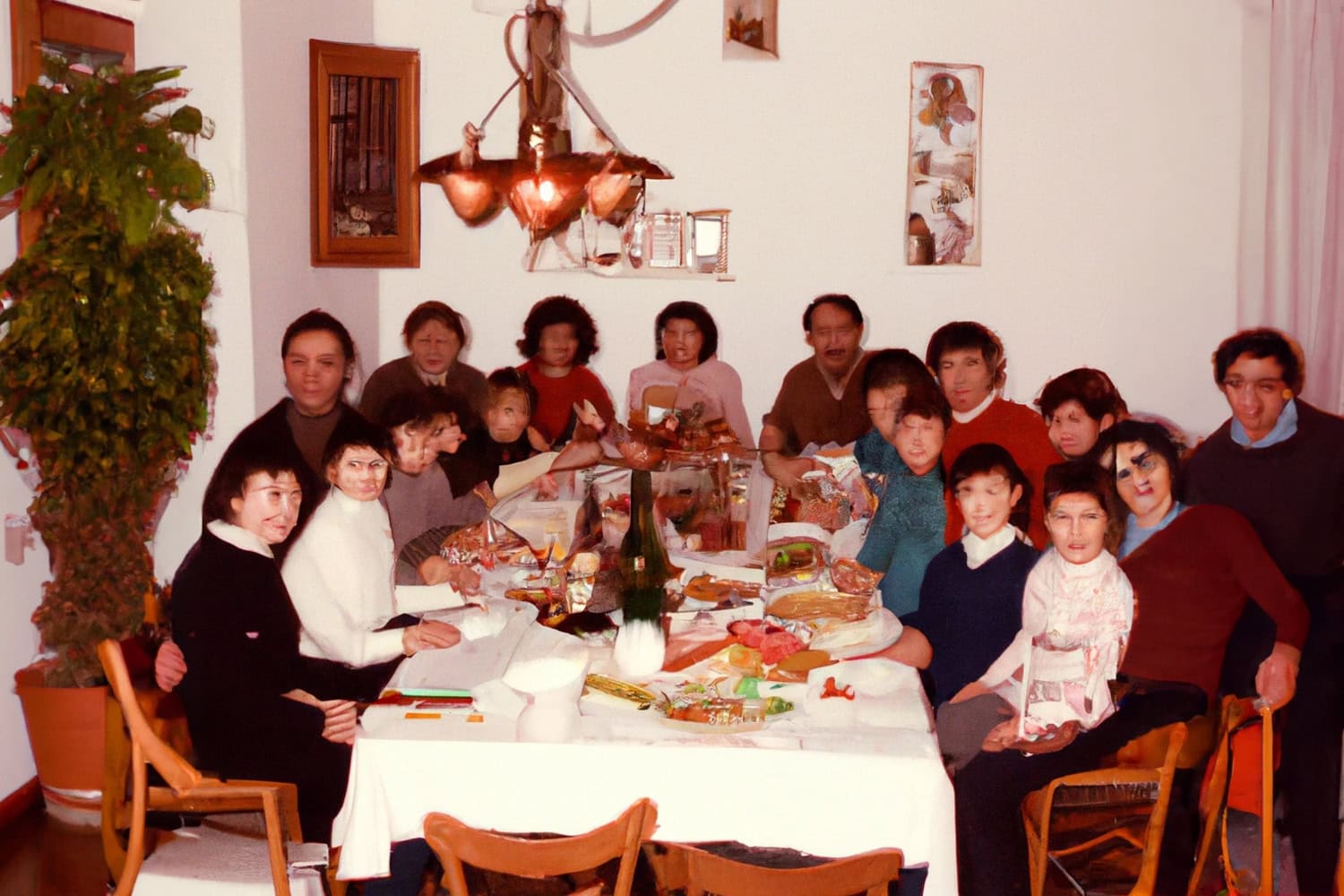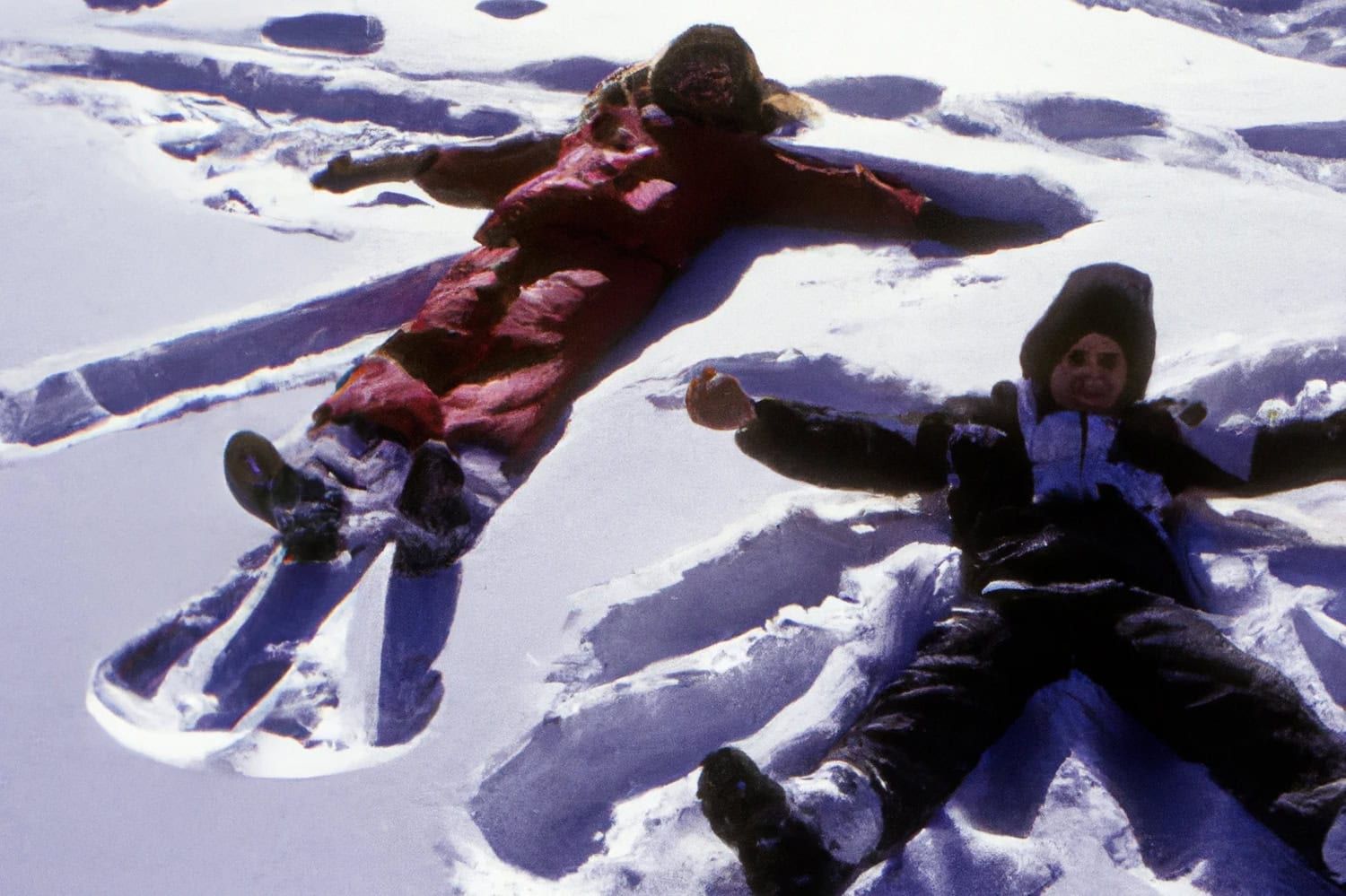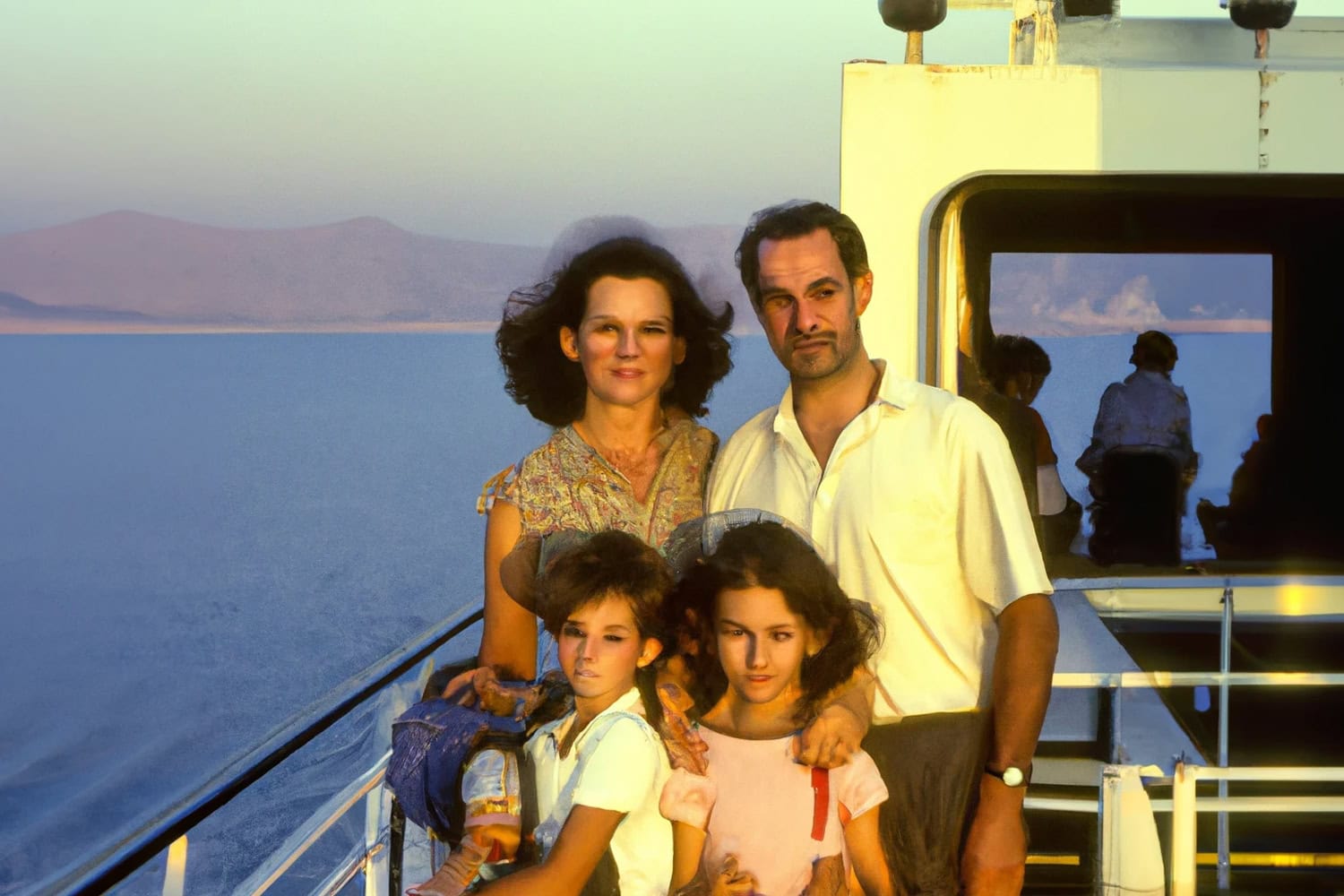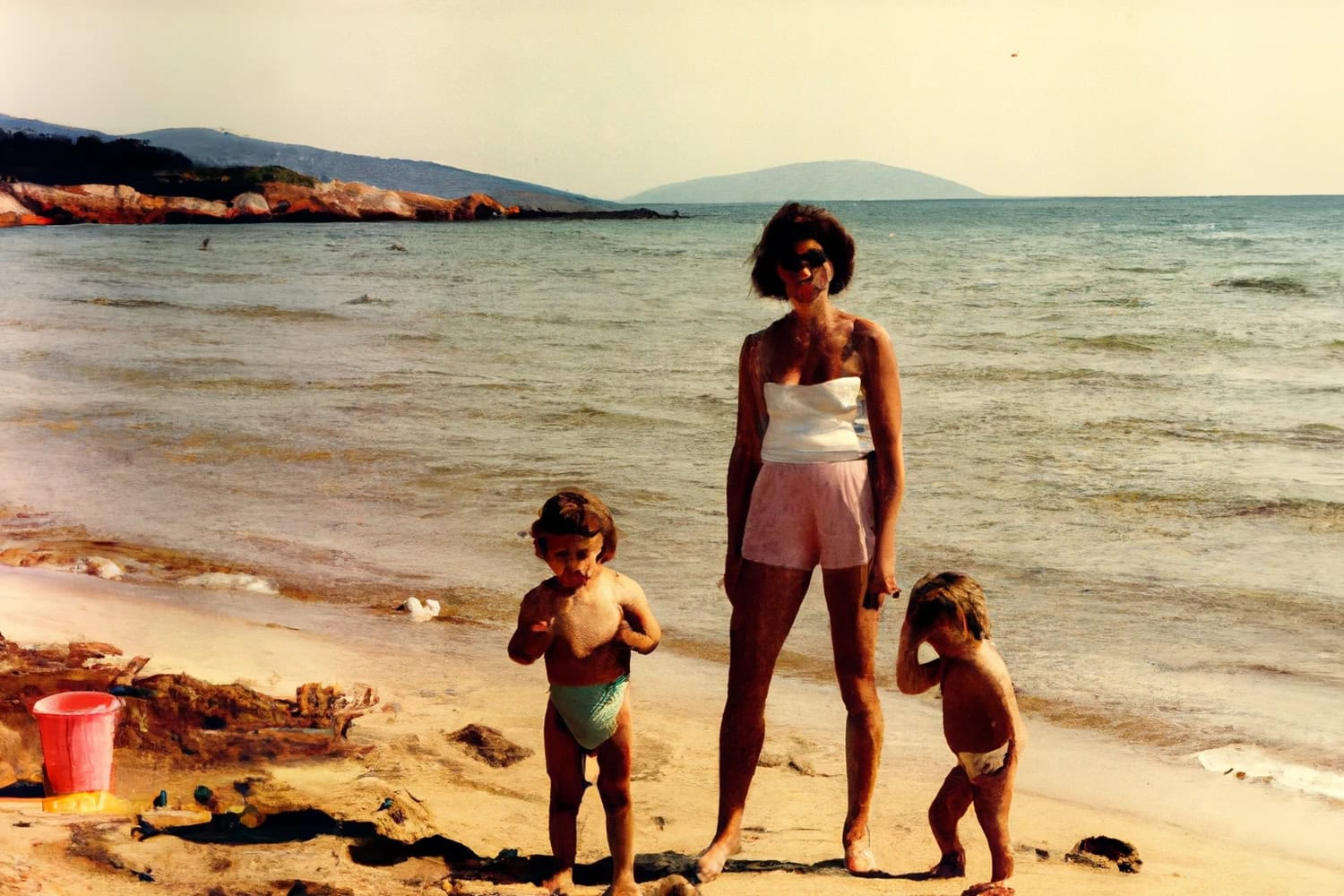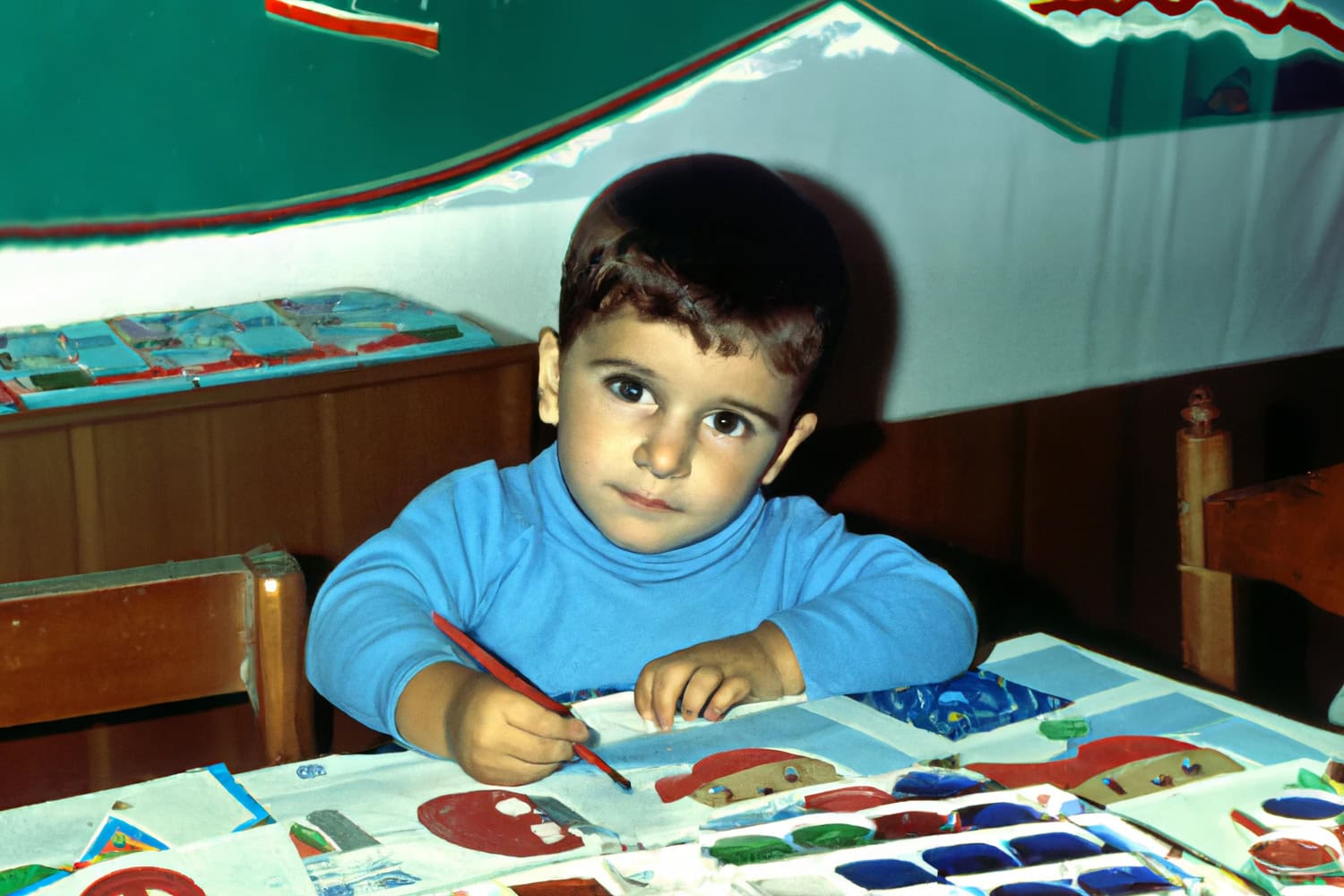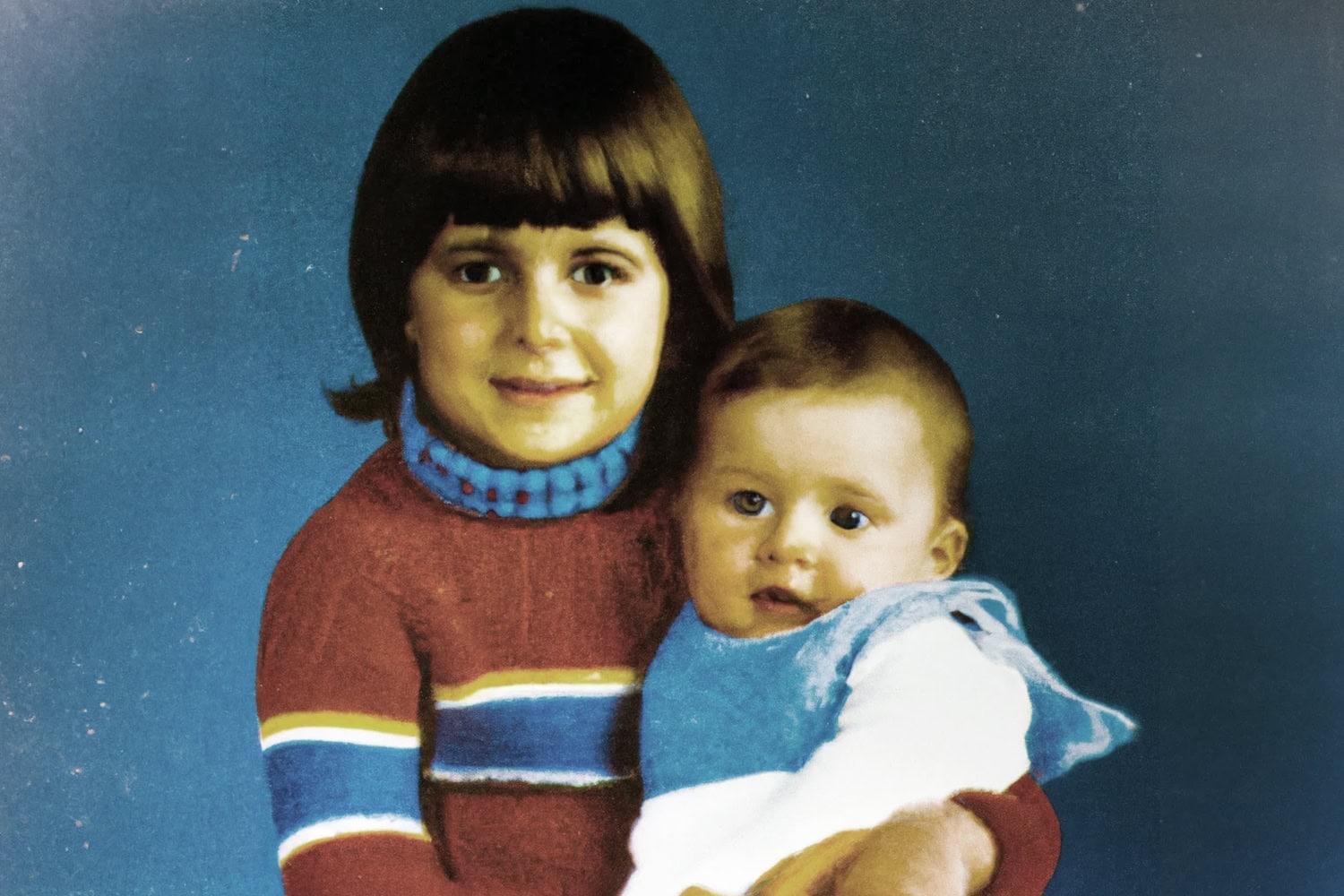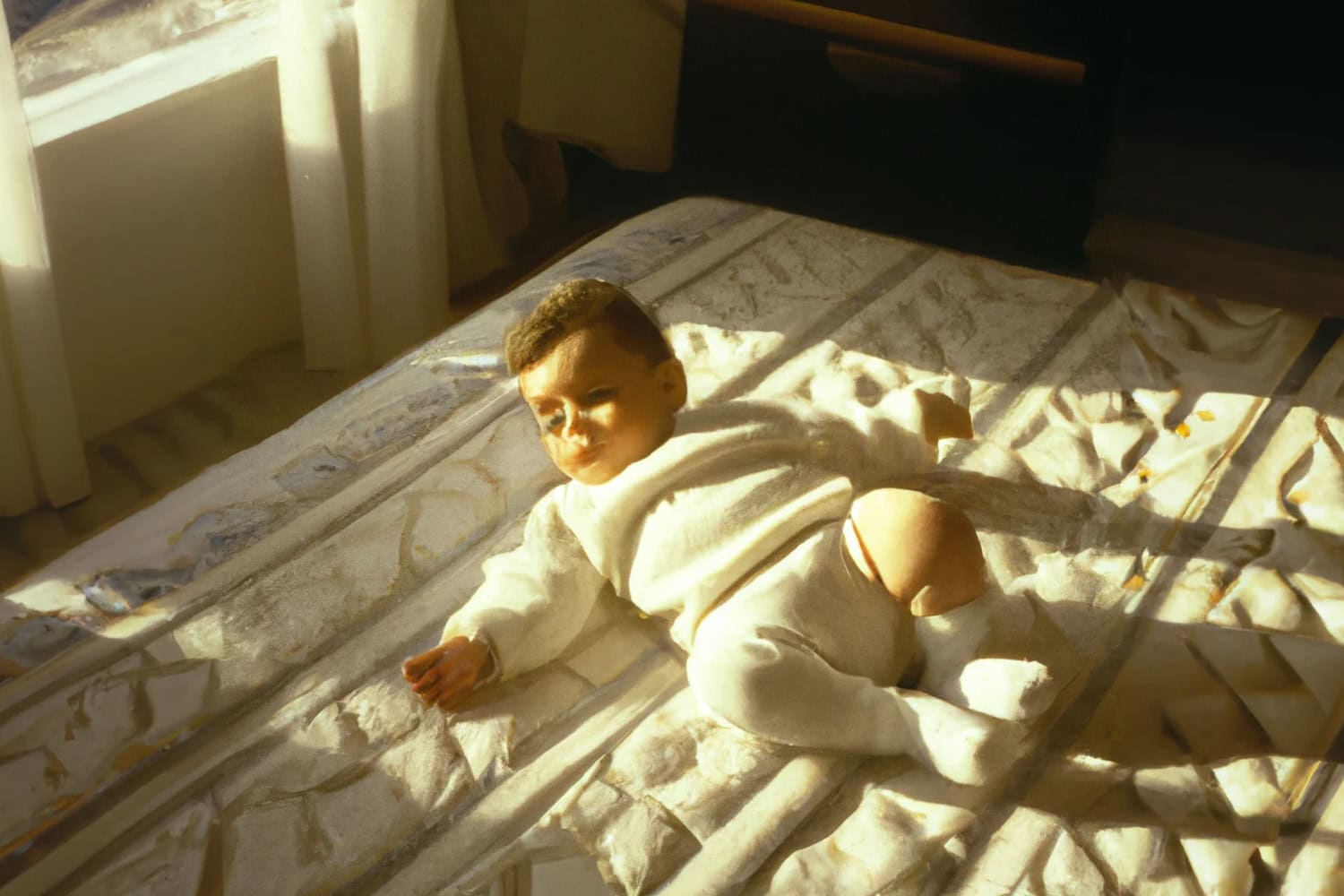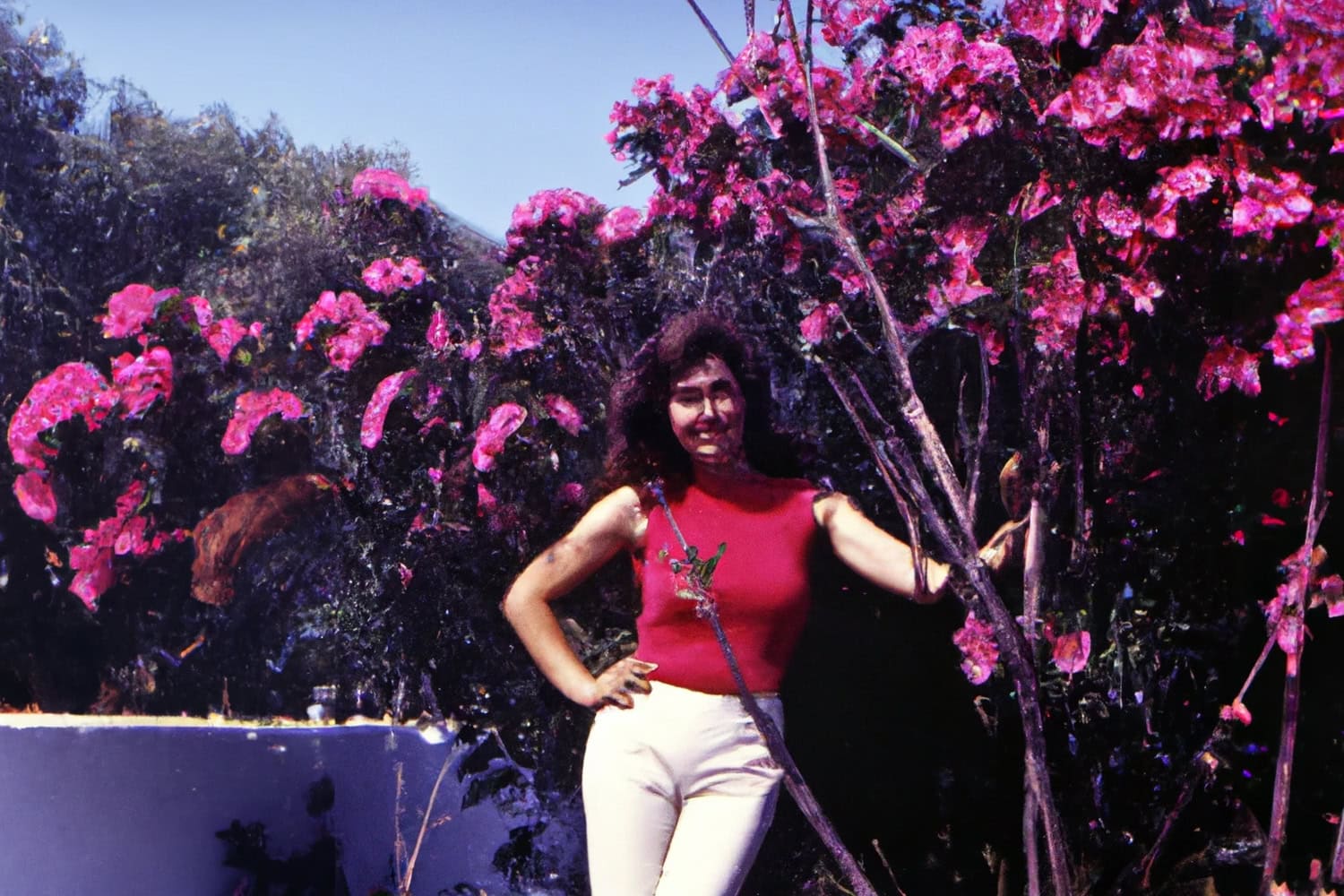What is the use of a photograph? If nothing else, it’s a reference point to a specific moment in time, the moment of its creation, the moment it depicts. Especially family photographs are a tie to our personal history, an archive of who we are and where we came from. They are memory deposits from where we keep sourcing the certainty of our life events even if our memories of them are lost, in Maria Mavropoulou’s words. In this new project of her, personal memories are absorbed by A.I. and meshed with thousands of others to become a new breed of images, images resembling uncannily those of our childhood photo albums. But what is the use of this new kind of image since they lose their fundamental tie to reality? What is the memory they hold? To whom are they precious, heirlooms that must be preserved? Trying to reconcile with her family history, one of displacement, loss, and deprivation she visualised with the use of DALLE-2 moments that happened, unphotographed moments, moments she imagined, moments she was told about, moments she has hoped to happen, moments that never happened to ask herself: how can one rewrite their personal history?
Maria Mavropoulou was born in 1989, she lives and works in Athens, Greece. She is a visual artist using mainly photography while her work expands to new forms of photographic images, such as VR and screen-captured images, GAN and AI-generated images. Her work and research focus on the new realities created by the connectible devices and the contradictions between the physical and the virtual spaces that we inhabit, addressing issues of technological mediation. By using the most novel technology available to her, she creates work that reflects on the new ways images are produced today. Her work explores digital identity and representation in the post-social media era, algorithmic bias, network culture, power politics between machines and humans, and the multidimensionality of our experiences in our always-online world. Her recent projects correlate creativity and AI with the divine as well as reflect on the future of photography amidst the advances of synthetic images.
